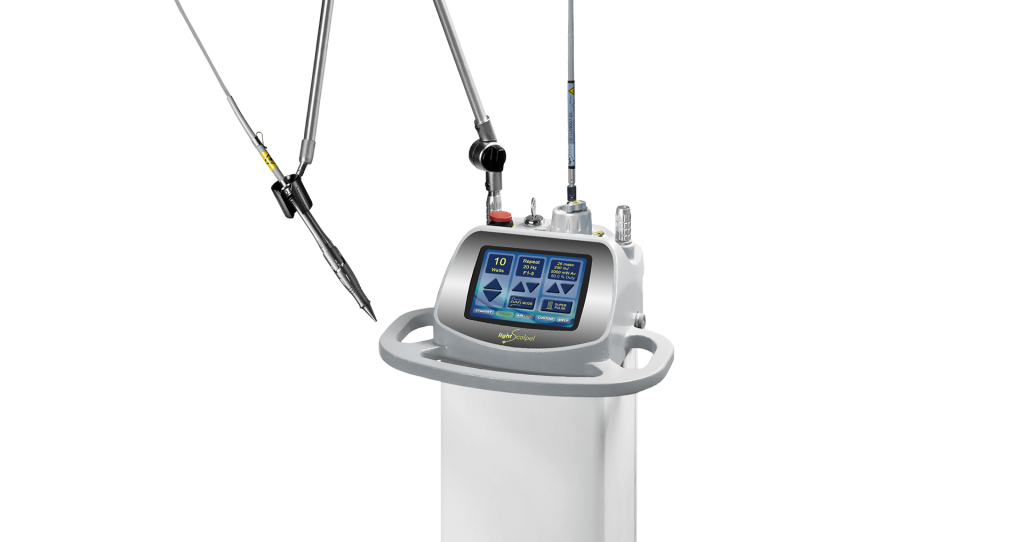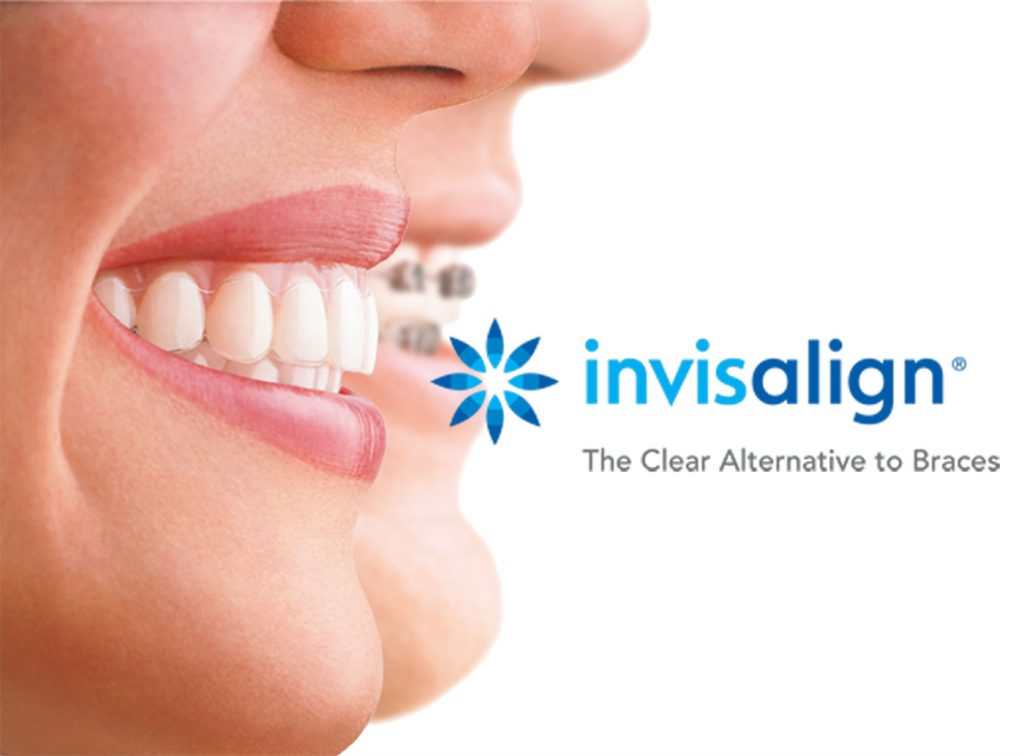Dental crowns and bridges are a secure way to fill spaces and help restore your smile if you have missing or damaged teeth.
Crowns and bridges can also help you bite and chew better, which can positively impact other systems in your body, such as a your digestive system. There are a variety of different crown and bridge types which will work best in certain situations. We will help you determine what type is best for you.
Crowns
What is a crown?
A crown is a cover or “cap” your dentist can put on a tooth. The crown restores the tooth to its normal shape, size and function. The purpose of a crown is to make the tooth stronger or improve the way it looks.
Why do I need a crown?
You may need a crown if you:
- have a cavity that is too large for a filling
- have a missing tooth and need a bridge
- need to cover a dental implant
- have a tooth that is cracked, worn down or otherwise weakened
- have had root canal treatment—the crown will protect the restored tooth
- want to cover a discolored or badly shaped tooth and change the esthetics of the tooth
What is it made from?
Crowns are made from several types of materials. Metal alloys, ceramics, porcelain, composite resin, or combinations of these materials may be used. In the process of making a crown, the material often is colored to blend in with your natural teeth.
We want to create a crown that looks natural and fits comfortably in your mouth. To decide on the material for your crown, your dentist will consider the tooth location, the position of the gum tissue, your preference, the amount of tooth that shows when you smile, the color or shade of the tooth, and the function of the tooth.
How is a crown placed?
Several steps are involved, and two dental visits are generally needed to complete the treatment.
- The dentist prepares the tooth by removing its outer portion so the crown will fit. Any decay is also removed. If additional tooth structure is needed to support the crown, the dentist may build up the core of the tooth.
- An impression is made to provide an exact model for the crown.
- You will get a temporary crown while you wait for the permanent crown to be ready—usually less than two weeks. While you have the temporary crown, this tooth may be sensitive to hot and cold. Also, avoid chewing gum or sticky foods during this time.
- The model is used to help make the crown.
- When the new crown is ready, the dentist places it in your mouth and makes the necessary adjustments. When you and your dentist are satisfied with how it looks and feels, the crown is cemented in place.
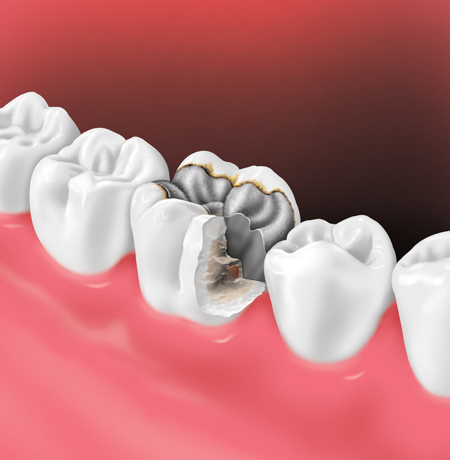
Before crown: worn filling with decay and broken cusp
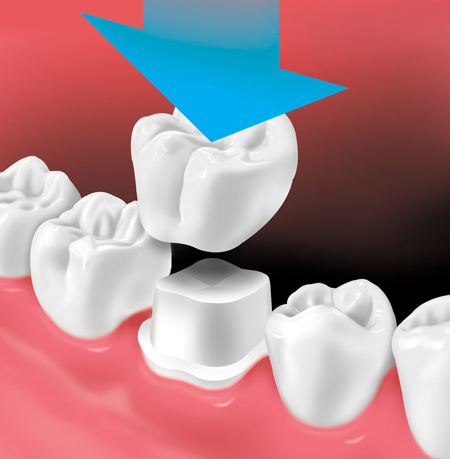
Crown is placed over prepared tooth
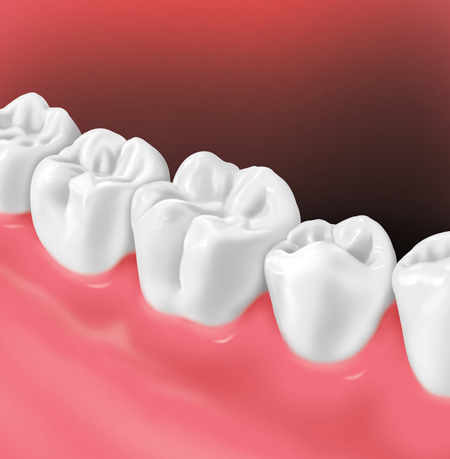
After crown placement
Caring for your teeth
To prevent damage to a crown, there are a few things you can do:
- Brush twice a day and floss once a day to remove plaque, a sticky film of bacteria.
- Avoid chewing hard foods, ice or other hard objects, such as pencils. This is especially important for tooth-colored crowns.
- Be sure to see your dentist for regular exams and professional teeth cleanings.
Bridge
What Is a bridge?
A bridge is a replacement tooth or teeth that fill the space where one or more teeth are missing. The bridge restores your bite and helps keep the natural shape of your face. Just like crowns, there are many choices of material available, and we will help you decide what type of bridge is best for your situation.
Why do I need a bridge?
A missing tooth is a serious matter. Teeth are made to work together. When you lose a tooth, the nearby teeth may tilt or drift into the empty space. The teeth in the opposite jaw may also shift up or down toward the space. This can affect your bite and place more stress on your teeth and jaw joints, possibly causing pain. Teeth that have tipped or drifted are also harder to clean. This puts them at a higher risk for tooth decay and gum disease. When a tooth is missing, the bone may shrink. If that happens, it may change the way the jawbone supports the lips and cheeks. Over time, this can make your face look older.
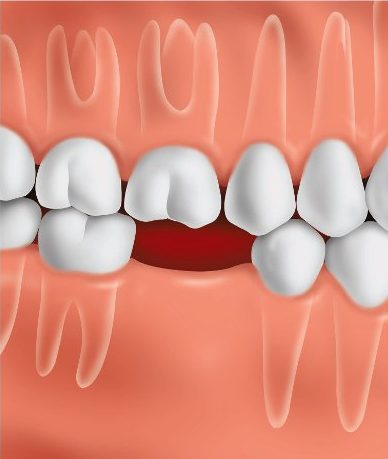
Position of teeth immediately after a tooth is lost
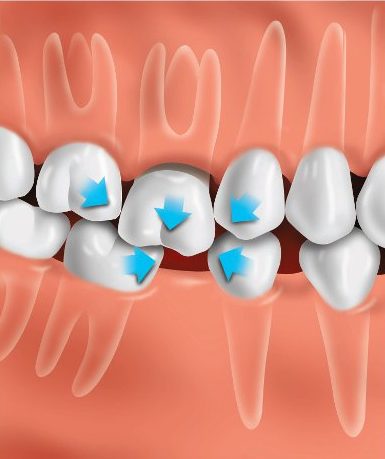
If the tooth is not replaced, other teeth can drift out of position and change the bite
How is a bridge prepared?
Placing a bridge usually takes more than one dental visit. On the first visit, your dentist prepares the teeth on both sides of the space. Then we take an impression of your prepared teeth and send it to our laboratory to have the bridge made. We will place a temporary bridge to protect your prepared teeth while your permanent bridge is being made. Once it is ready, we will fit, adjust and cement the bridge over the prepared teeth. This type of bridge is not removable and cannot be taken out of your mouth.
FIXED BRIDGE PLACEMENT
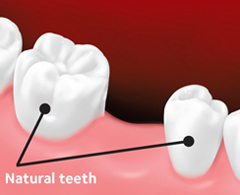
Missing tooth
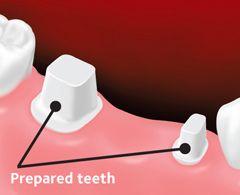
Teeth next to the space are prepared for placement of the bridge
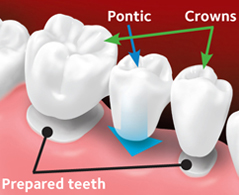
The custom-made bridge is placed over the prepared teeth
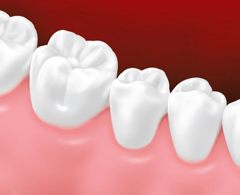
The bridge is cemented into place
Do I need implants for the bridge?
Dental implants may be used to support a bridge when several teeth are missing. Implants are posts that are surgically placed into the jaw. Over time, the bone grows around the implants to hold them in place.
- A key benefit of implants is that they don’t need support from the surrounding teeth.
- Candidates for dental implants should be in good general health and have enough bone to support an implant. For some patients, implants help preserve the jawbone where teeth have been lost.
- Implants may be placed in one day or might require multiple visits depending on your dentist’s treatment plan.
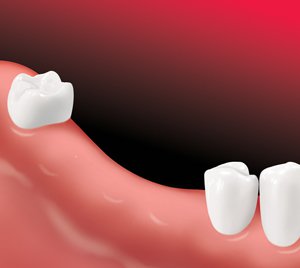
Missing teeth
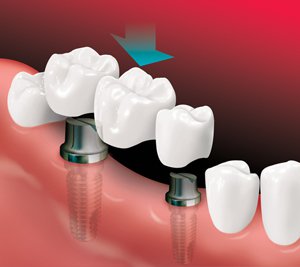
A bridge is placed on implants
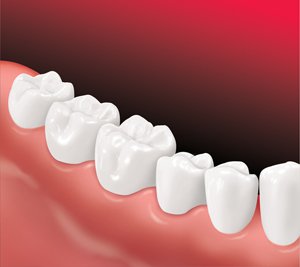
After the bridge is placed
Caring for your bridge
A bridge can fail if the support teeth or the jawbone is damaged by dental disease. Follow these tips for good oral health:
- Brush your teeth twice a day and floss or use another between-the-teeth cleaner once a day. Brushing and cleaning between the teeth helps remove plaque, a sticky film of bacteria that is always forming on the teeth.
- Always clean between your teeth and under the bridge. There are many kinds of flossers, picks or little brushes—ask your dentist or hygienist what type will work well with your bridge.
- See your dentist regularly for exams and professional cleanings.
- Eat a healthy diet.









